I am working on a project where I am needing to power 13-20 LEDs of varying sizes and types from a single battery / battery pack. I am generally a novice when it comes to circuitry, however, I have successfully made similar simple set ups before using resistors and a fixed 12v power supply and they still work after years of use.
My concern now relates to the voltage variability of batteries based on their charge and burning out the LEDs. Should I use something like a linear voltage regulator (L7912 ?) in combination with the resistors to protect the LEDs?
Thank you.
Edit: Would a simple circuit with a voltage regulator like the below work?
